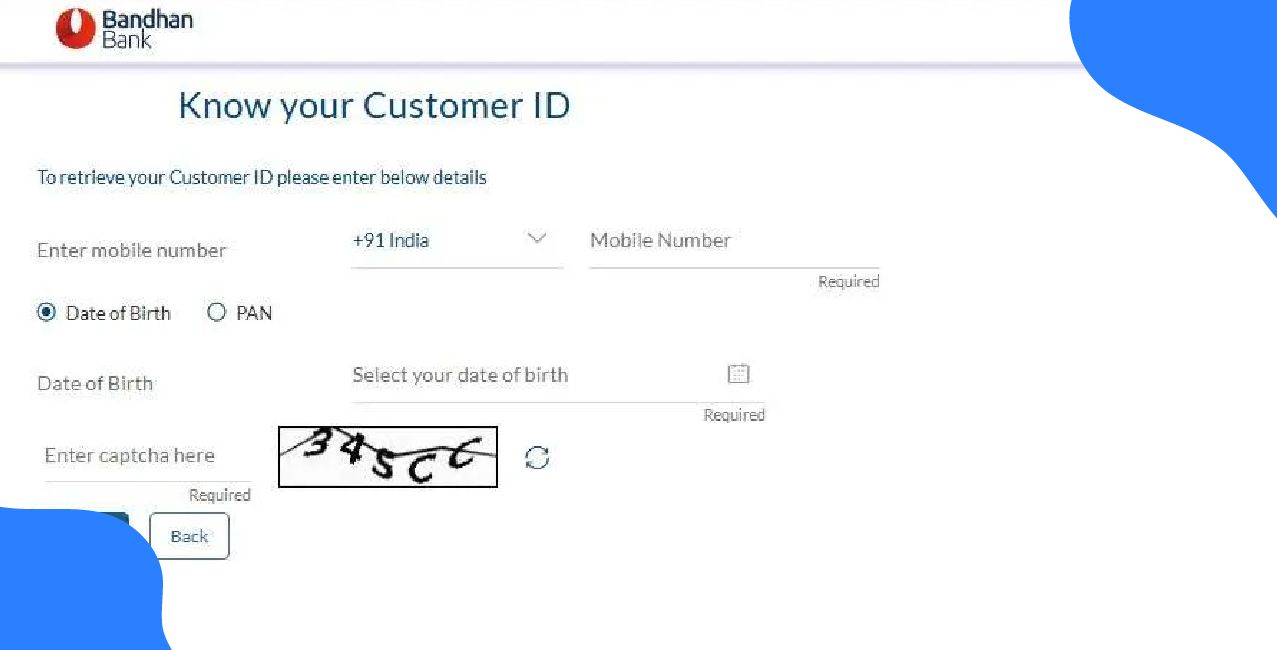
Author
LoansJagat Team
Read Time
6 Min
27 Jul 2025
What is Employment? Definition, Types & Indian Context
Employment means working for someone else to earn money. People get jobs in companies and receive regular salaries.
Example: Ravi works as an accountant in a company. He earns ₹35,000 per month as salary. The company pays him every month end. Ravi works 8 hours daily for 22 days. His total working hours are 176 per month.

He gets paid holidays and medical benefits. Ravi also receives a yearly bonus of ₹50,000. His total annual income becomes ₹4,70,000. The company deducts ₹3,000 monthly for taxes. Ravi takes home ₹32,000 each month
Employment Benefits Table
Employment provides financial security and regular income. Workers follow company rules and complete assigned tasks. Employers provide training and career growth opportunities. Many people prefer employment over starting businesses.
1. Government Employment
Government jobs offer great job security and benefits. Government employees serve the public through various departments. They receive regular salaries and a pension after retirement. Government jobs require competitive examinations for selection. Many people prefer government employment over private jobs.
Example: Sunita works as a teacher in a government school. She earns ₹45,000 monthly salary. The government provides her medical insurance worth ₹50,000 yearly. Sunita gets 30 days of paid leave annually. She works 6 hours daily for 20 days a month.
Her total working hours are 120 per month. Sunita receives a house rent allowance of ₹8,000 monthly. She also gets a travel allowance of ₹2,000 monthly. Her total monthly income becomes ₹55,000. After 25 years of service, Sunita will get a full pension.
Government Job Benefits Table
2. Private Sector Employment
Private companies hire employees for various roles and positions. The private sector offers faster career growth and higher salaries. Companies focus on profits and employee performance. Workers enjoy modern facilities and flexible working hours. Private employment drives India's economic growth significantly.
Example: Amit works as a software engineer in a private company. He earns ₹80,000 monthly salary. The company provides a laptop and internet allowance. Amit works 9 hours daily for 22 days a month. His total working hours are 198 per month. He gets a performance bonus of ₹1,00,000 yearly.
The company offers health insurance for the family. Amit receives stock options worth ₹2,00,000 annually. His total yearly income reaches ₹12,60,000. The company also provides free meals and transport.
Private Sector Compensation Table
3. Self-Employment and Freelancing
Self-employed people work independently without a fixed employer. They offer services or products to multiple clients. Freelancers choose their working hours and projects. Self-employment provides flexibility but requires strong discipline. Many professionals prefer freelancing over traditional jobs.
Example: Priya works as a freelance graphic designer. She earns ₹50,000 monthly from various clients. Priya works 6 hours daily from home. She completes 15 projects monthly at ₹3,333 each. Her office setup costs ₹20,000, including computer and software.
Priya spends ₹5,000 monthly on internet and electricity. She saves ₹10,000 monthly for future projects. Her net monthly income becomes ₹35,000. Priya enjoys the freedom to choose interesting projects.
Freelancing Income Table
Monthly Expenses: ₹15,000 | Net Income: ₹60,400
4. Part-Time and Contract Employment
Part-time workers work fewer hours than full-time employees. Contract workers complete specific projects for fixed periods. These employment types offer flexibility for students and homemakers. Companies hire part-time workers to reduce operational costs. Contract employment suits project-based work requirements.
Example: Kavya works part-time as a content writer. She earns ₹25,000 monthly working 4 hours daily. Kavya writes 20 articles monthly at ₹1,250 each. She works from home and manages family responsibilities.
Her contract lasts for 6 months with a renewal option. Kavya also tutors students online for ₹8,000 monthly. Her total monthly income becomes ₹33,000. She saves money whilst gaining valuable work experience.
Part-Time Employment Table
5. Employment Challenges in India
India faces significant employment challenges despite economic growth. Unemployment affects millions of educated young people. Skill gaps prevent people from finding suitable jobs. Rural areas have limited employment opportunities. Women face additional barriers in workplace participation.
Example: Rohan graduated with an engineering degree but remains unemployed. He applies for 50 jobs monthly but gets few interviews. Rohan spends ₹5,000 monthly on job applications and travel. He attends skill development courses costing ₹15,000 for certification.
His family supports him with a ₹10,000 monthly allowance. Rohan faces competition from thousands of similar candidates. He considers moving to cities for better opportunities. The job search process can be emotionally and financially taxing.
Employment Challenge Statistics
Conclusion
Employment provides financial security and career growth opportunities. India offers various employment types, including government, private, and freelance work. Each option has unique benefits and challenges. Workers must develop relevant skills to find good jobs. Employment remains crucial for India's economic development and individual prosperity.
FAQs
Q1: What is the difference between government and private jobs?
Government jobs offer more security, whilst private jobs offer higher salaries.
Q2: How much salary can I expect as a fresher?
Fresh graduates typically earn ₹15,000 to ₹30,000 monthly in entry-level positions.
Q3: Is freelancing better than regular employment?
Freelancing offers flexibility, but employment provides steady income and benefits.
Q4: What skills do employers look for today?
Employers want technical skills, communication abilities, and problem-solving experience.
Q5: How can I find good job opportunities?
Use online job portals, networking, and company websites regularly.
Other Informative Pages | ||
About the Author

LoansJagat Team
‘Simplify Finance for Everyone.’ This is the common goal of our team, as we try to explain any topic with relatable examples. From personal to business finance, managing EMIs to becoming debt-free, we do extensive research on each and every parameter, so you don’t have to. Scroll up and have a look at what 15+ years of experience in the BFSI sector looks like.

Quick Apply Loan
Subscribe Now


